
A picture is worth a thousand words. That’s certainly the case with the following collection of stunning photographs taken in Korea between 1890 and 1903 by visiting foreigners. The diverse, everyday scenes they depict shed light on the lifestyles of people at the time. Interestingly, this pictorial set was circulated around the Internet in Thailand, where people were surprised to see such vast differences in lifestyle as compared to the lives of South Koreans portrayed in modern-day K-dramas…a lot can change in a hundred years! You don’t want to miss a single one of these photos or the reactions of Thai people after seeing them!
Let’s begin with a little history review. The Joseon Era of Korean history spanned from 1392-1897. It was the last dynasty in Korean history, as well as the longest-ruling Confucian dynasty. Besides several foreign invasions from neighboring countries, the era was marked by a number of significant cultural achievements, including the relocation of the capital to what is now modern-day Seoul, the construction of Gyeongbok Palace in 1395 (the greatest of the “Five Grand Palaces” built at the time), and the promulgation of the hangul writing system by King Sejong in 1446, possibly the world’s most rational alphabet (and for which there is a national holiday to celebrate on October 9 of every year in South Korea). The Joseon Era was followed by the short-lived Korean Empire in 1897, which saw the modernization of several domestic industries. After that, you may then recall from your high school history class that Korea became a protectorate of Japan and was formally annexed in 1910.
Here’s the collection of historical photographs, followed by the reactions of Thai people. Enjoy!
▼ Girls trying out new parasols
▼ Smoking, gambling, and gossiping
▼ The family of a high official
▼ A shortcut to Seoul
▼ Children climbing on the city wall
▼ A bustling alleyway in Pyongyang
▼ A path in Seoul
▼ Grinding beans (Seoul)
▼ Dining at a cheap eatery (Seoul)
▼ Selling chickens (Seoul)
▼ Carrying charcoal (Seoul)
▼ The Han River near the present-day Yongsan District of Seoul
▼ On a road in Seoul
▼ Elderly teacher smoking a long pipe at school (Seoul)
▼ Fishermen on the outskirts of Seoul
▼ Blacksmith working on a horse (Seoul)
▼ Koreans under a large Japanese national flag; note the smaller Korean flag next to it
▼ People erecting something (?)
▼ Officials of the Imperial Department of Communications, Seoul, 1903
▼ Three men in front of a Buddhist temple
▼ Koreans praying to some statues
▼ Two happy men sifting grains on a road in Incheon
▼ A lady of high stature
▼ An elderly man with a pack, 1899 or 1900
▼ A boys school in Seoul, 1903
▼ A married couple visiting relatives, 1903
▼ A minister of the army with his son and grandchildren
▼ Min Yun Huan, the Chief Commander of the Korean army, Seoul, 1900
▼ A wedding ceremony (Seoul)
▼ (Wedding ceremony continued)
▼ Men carrying lots of luggage on a mountain near Seoul
▼ Seoul’s “first-class transportation system”
▼ An upper-class girl being transported in a wooden litter (Seoul)
▼ A happy-looking grandmother and children (Seoul)
▼ A popular cheap restaurant (Seoul)
Here are some of the comments posted by Thai people after seeing the photos:
“The pipes are so long!”
“It looks just like in historical films.”
“Wow, Korea really underwent rapid industrialization after that!”
“I was deceived by all the beautiful faces in Dae Jang Geum [one of the most successful historical Korean dramas throughout Asia]!”
(Response to comment above) “All dramas are like that…”
“Show us more pictures from North Korea.”
(Response to comment above) “Umm, at that time Korea hadn’t been divided yet…”
“Korea’s development depended on where it was being controlled by. After that, North Korea was influenced by China, and South Korea by the US.”
“Is there a book about why Korea modernized so quickly? I’m really interested to know.”
“Korea took a crisis and turned it into opportunity. But Thailand takes an opportunity and turns it into a crisis…”
Were you surprised at any of the things portrayed in the photos? Do you think historical dramas accurately capture the essence of everyday life back then?
Source/Images: Thailog


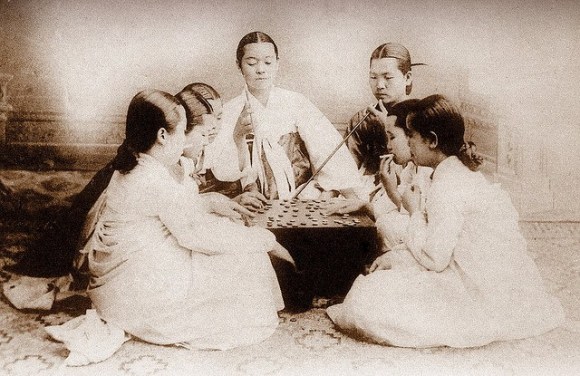
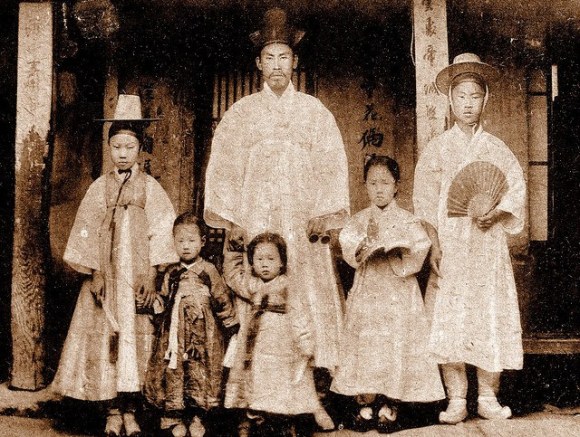
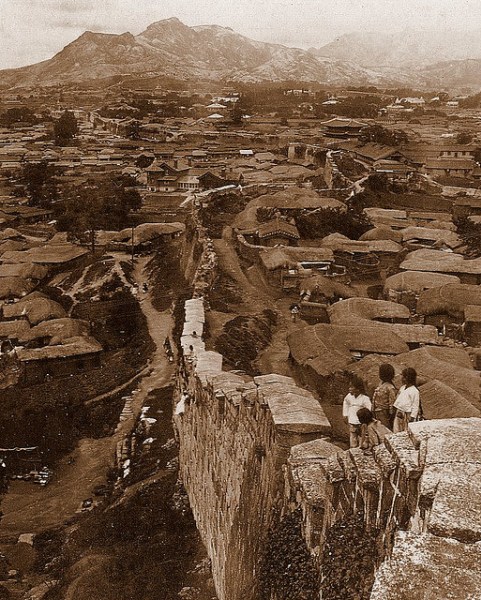
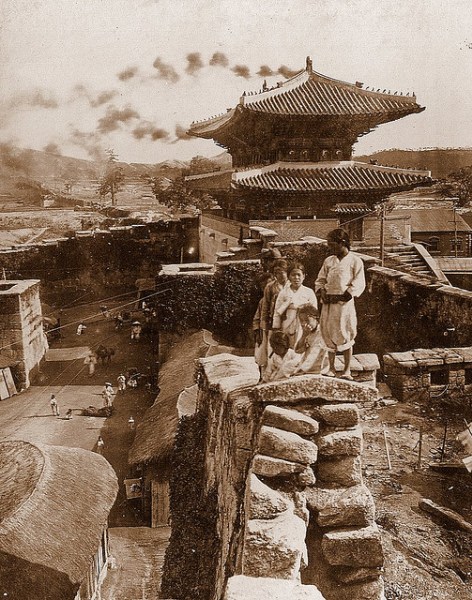
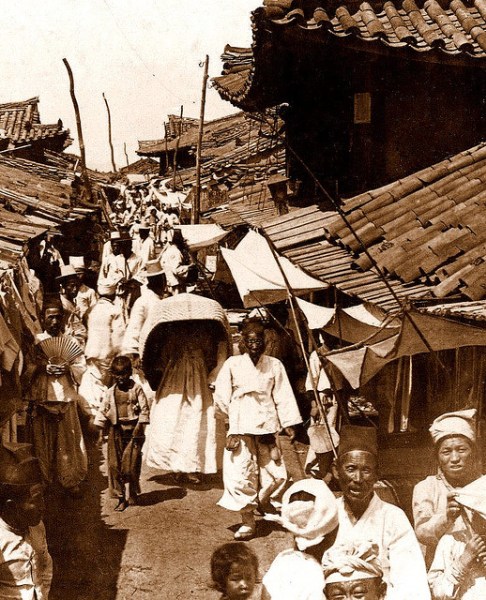
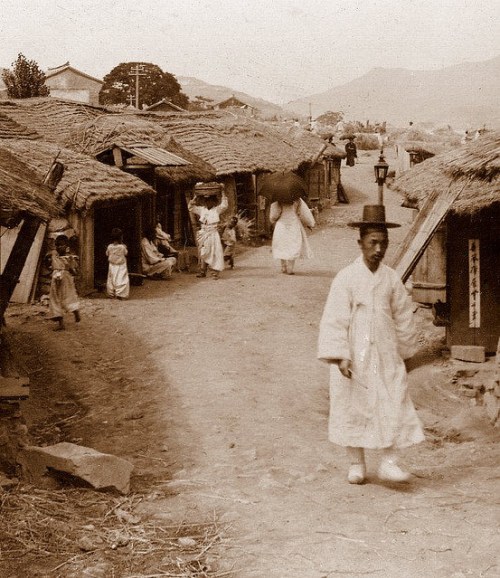
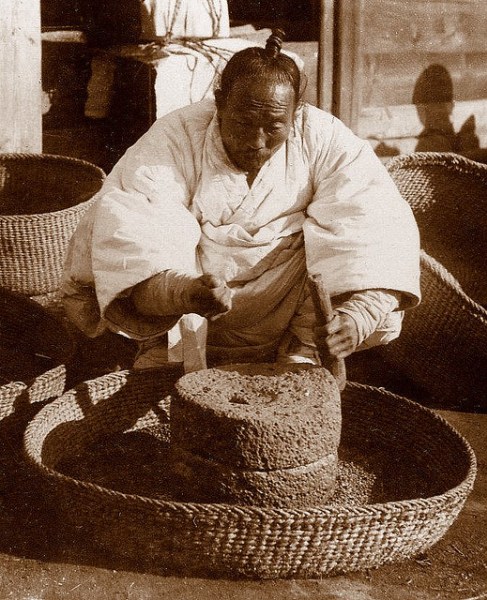
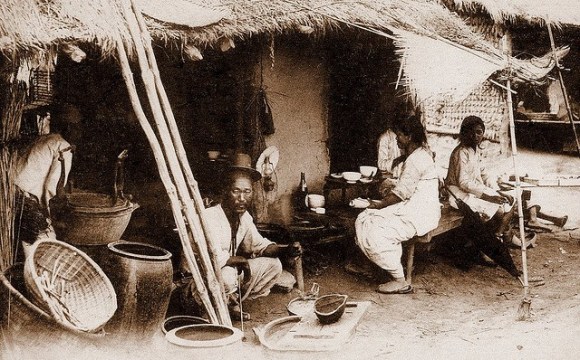
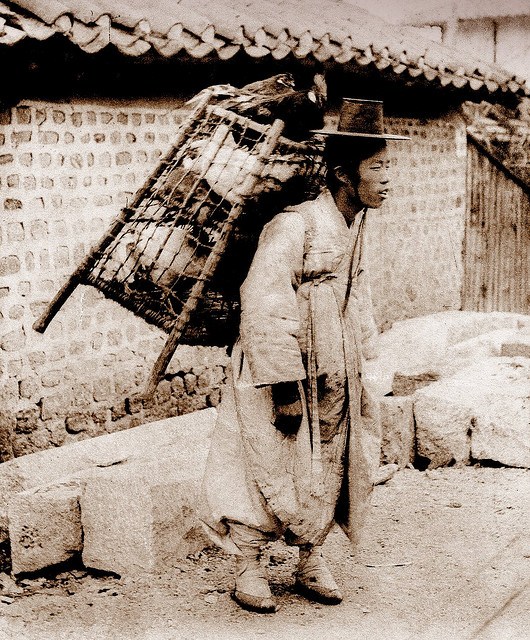

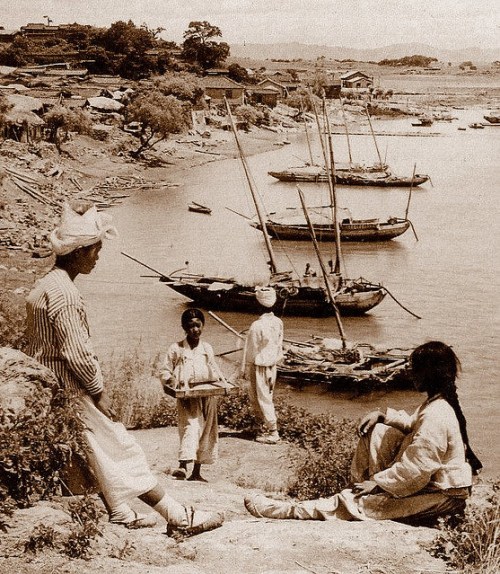
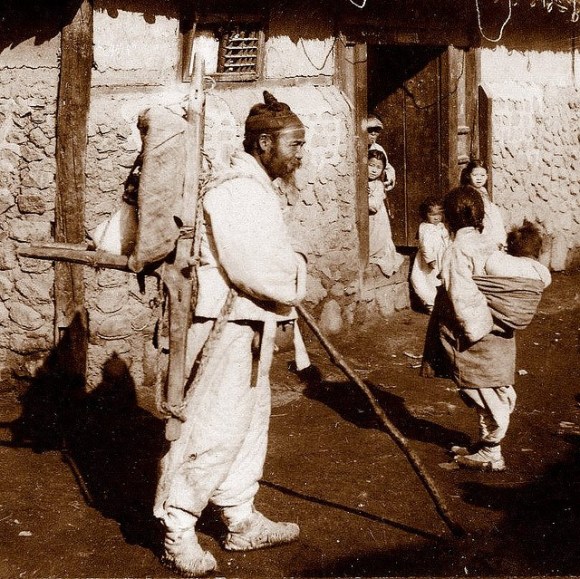
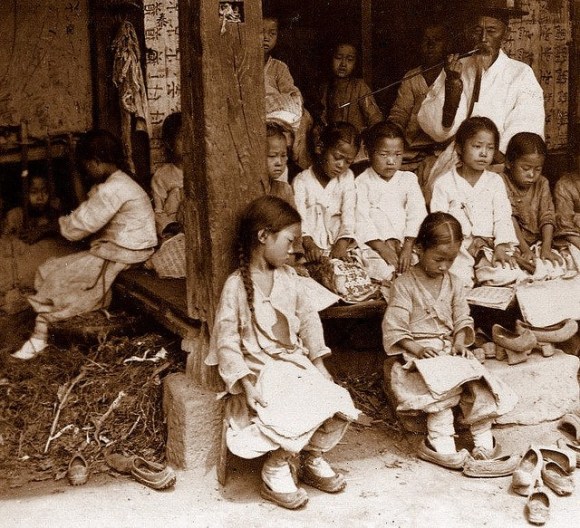
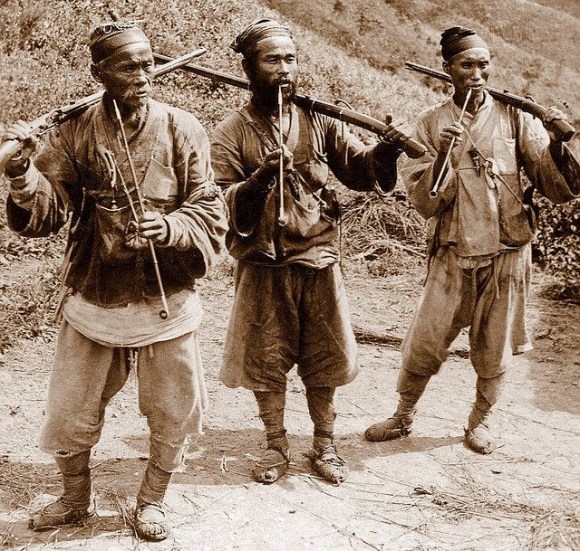
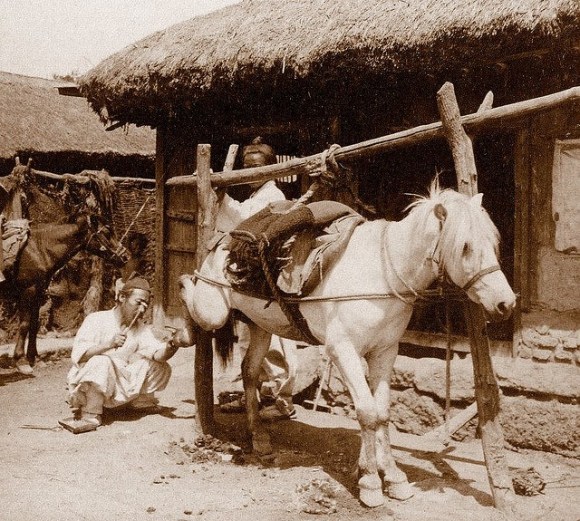
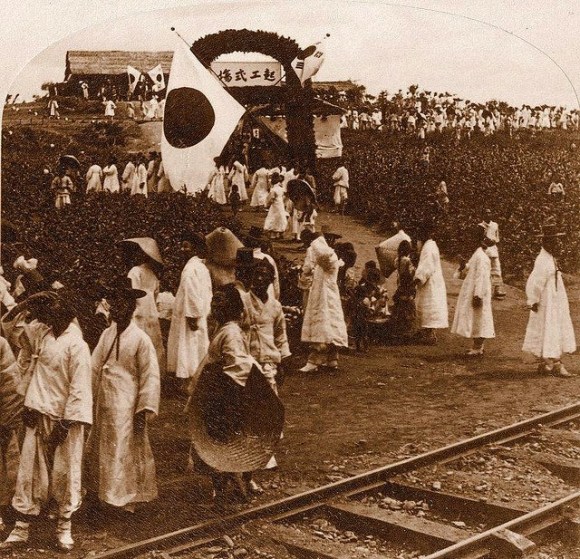

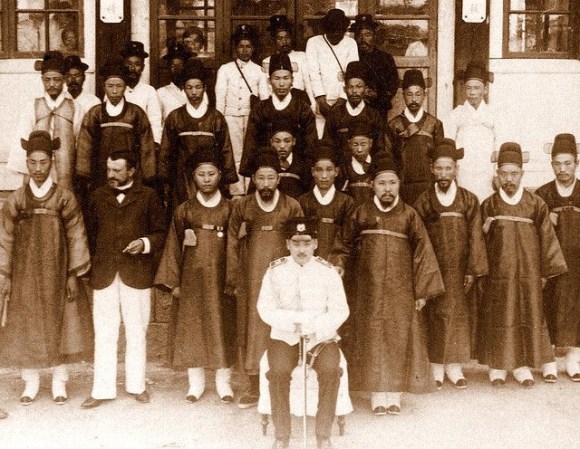
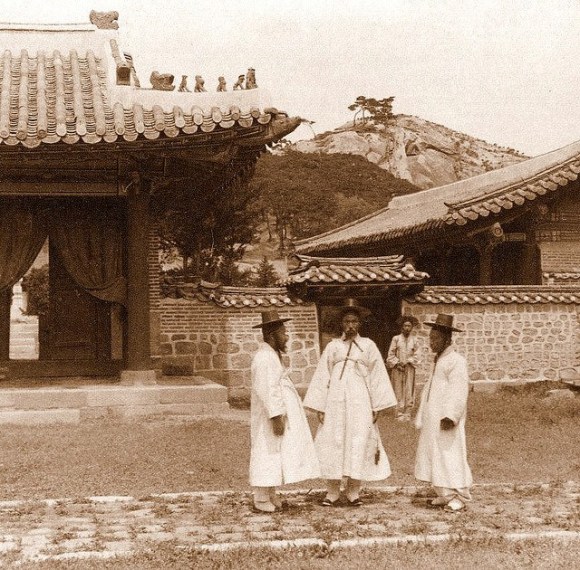
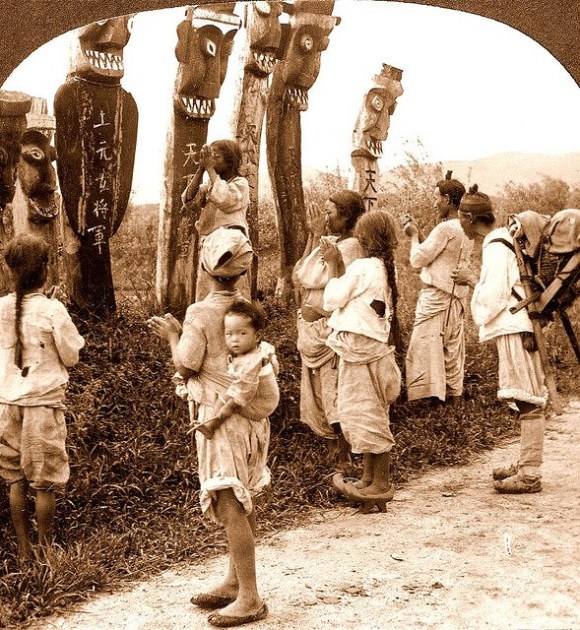
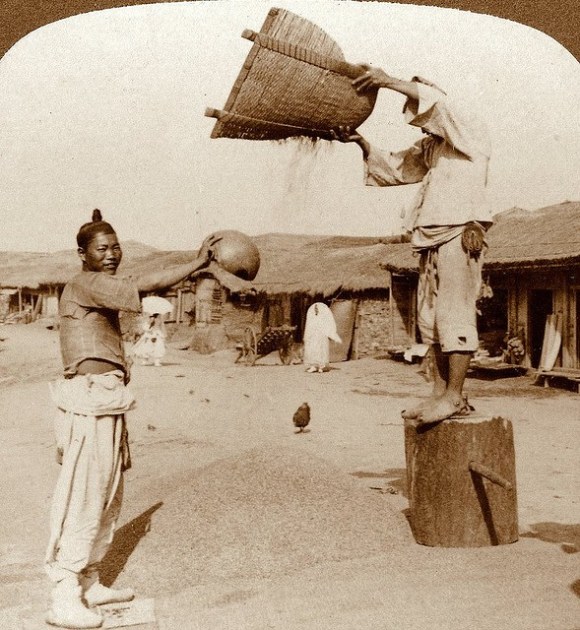
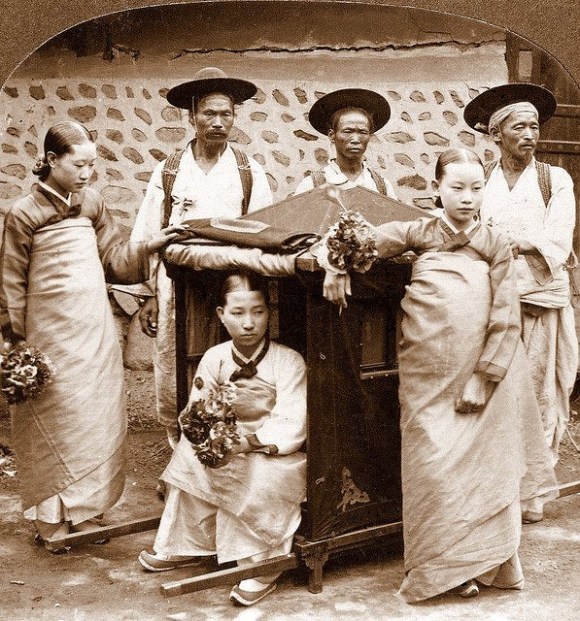
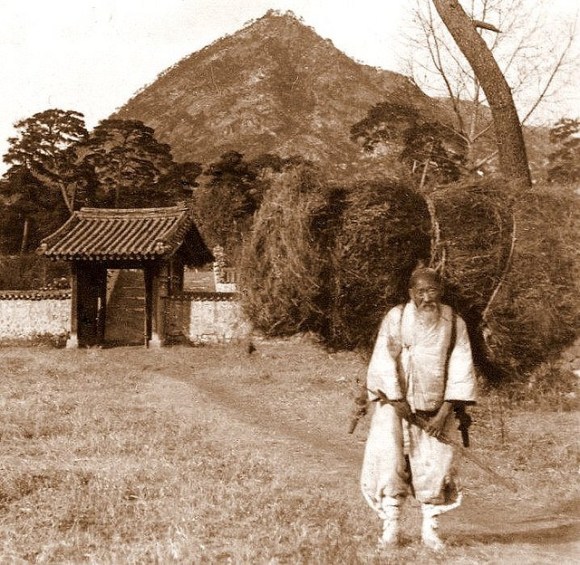
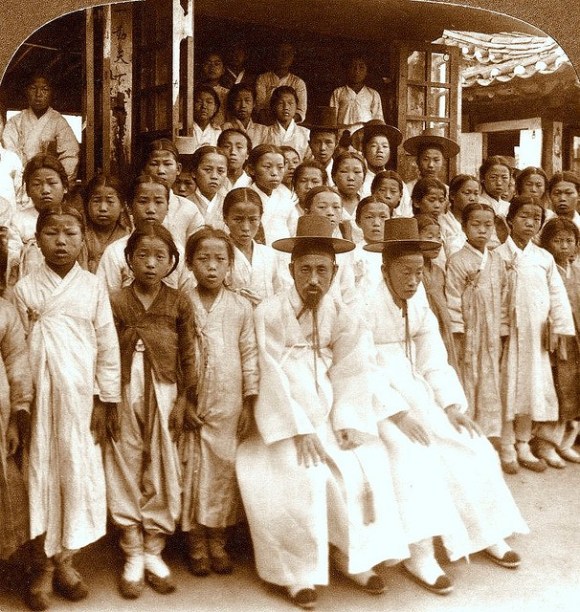
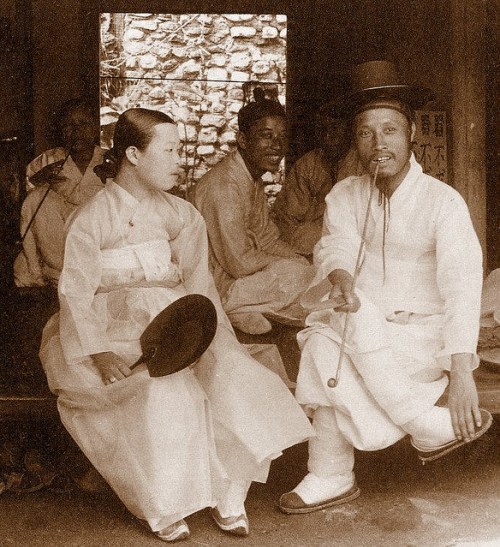
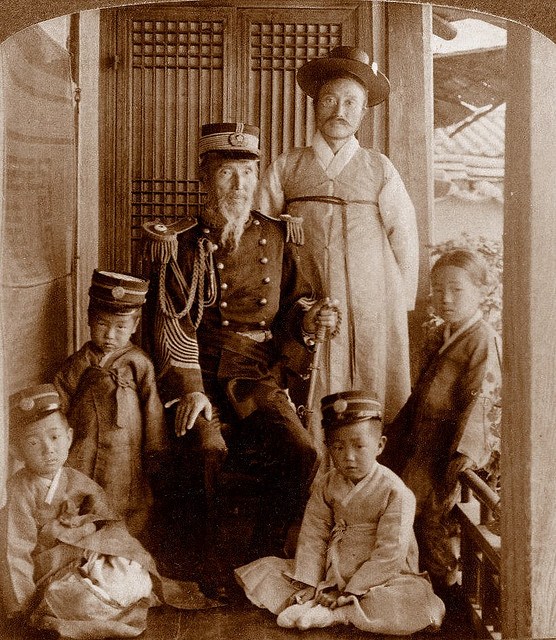
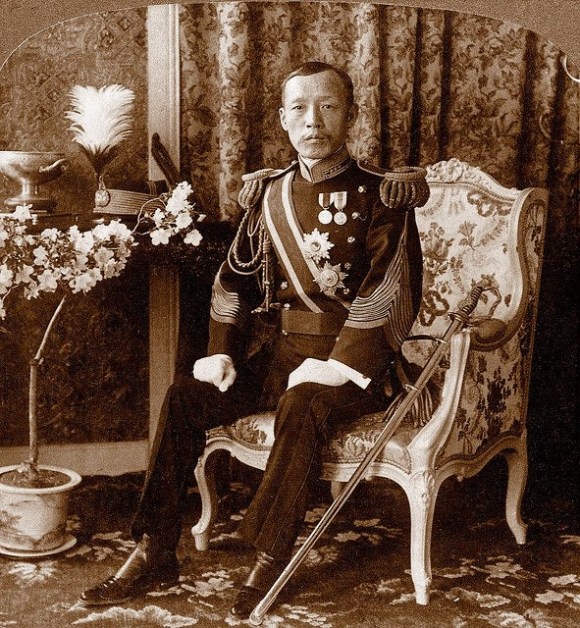
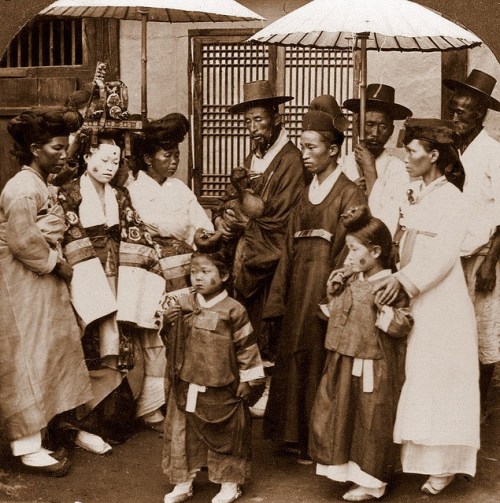
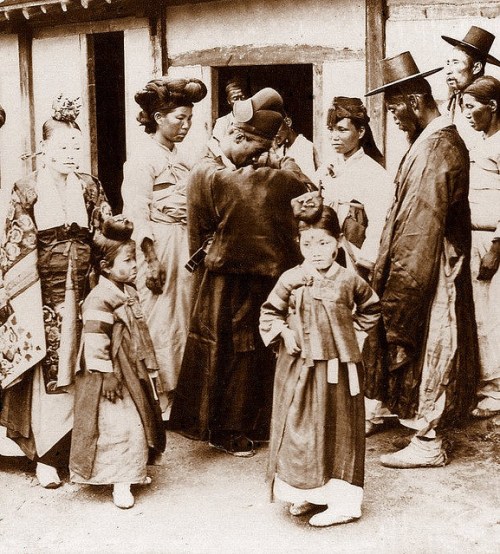

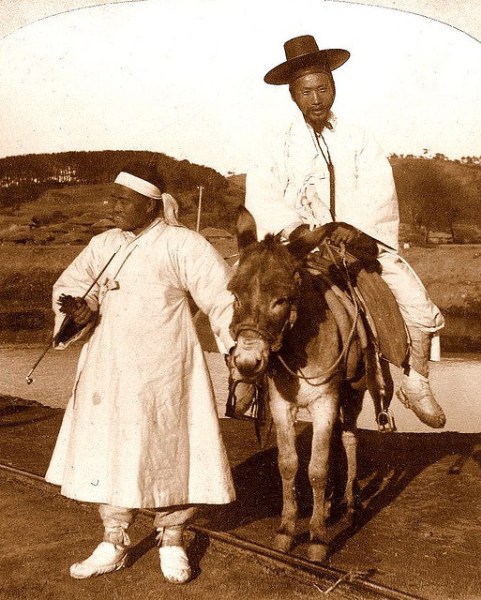
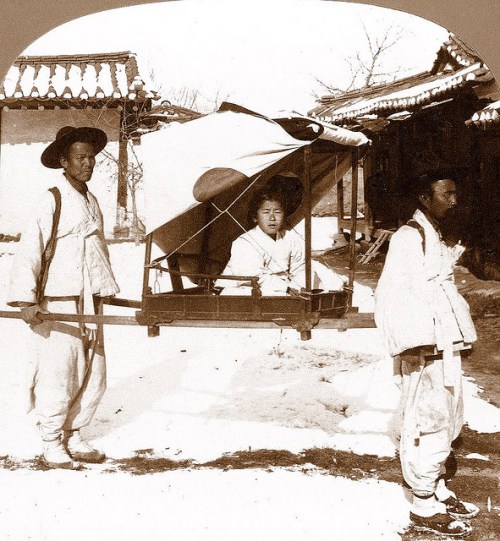
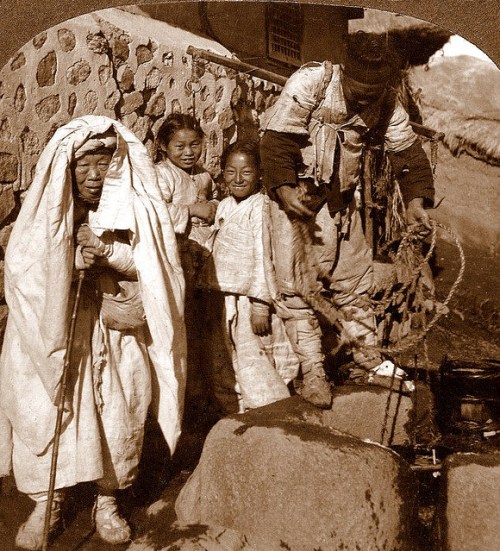
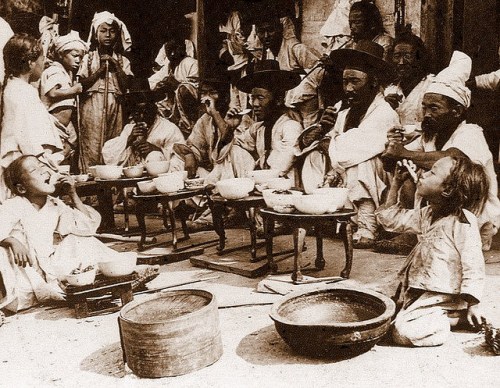
 70% of South Koreans will donate to fund for unity with North, want US and China to cough up too
70% of South Koreans will donate to fund for unity with North, want US and China to cough up too Facial correction app makes the world’s money funny
Facial correction app makes the world’s money funny Seven reasons why 80 percent of young South Koreans don’t want to live in their own country
Seven reasons why 80 percent of young South Koreans don’t want to live in their own country AKB48 and South Korean idol groups perform hits at music awards, turns out to be a disaster
AKB48 and South Korean idol groups perform hits at music awards, turns out to be a disaster Selfie love shown between South and North Korean gymnasts
Selfie love shown between South and North Korean gymnasts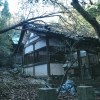 Japan has nearly 4 million abandoned homes, but where and why?
Japan has nearly 4 million abandoned homes, but where and why? Beautiful set of 24 Ghibli anime memo pads returns, will have you wanting to take notes by hand
Beautiful set of 24 Ghibli anime memo pads returns, will have you wanting to take notes by hand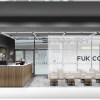 FUK COFFEE?!? Japanese cafe has a perfectly innocent reason for its startling-looking name
FUK COFFEE?!? Japanese cafe has a perfectly innocent reason for its startling-looking name All-you-can-drink deal for US$4 in Shinjuku is one of the best finds in Tokyo
All-you-can-drink deal for US$4 in Shinjuku is one of the best finds in Tokyo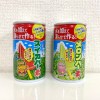 Daiso can help you beat the heat this summer with DIY fruity Suika and Melon Bars【Taste test】
Daiso can help you beat the heat this summer with DIY fruity Suika and Melon Bars【Taste test】 Studio Ghibli unveils new goods that tip the hat to The Cat Returns
Studio Ghibli unveils new goods that tip the hat to The Cat Returns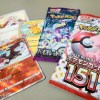 Yakuza lieutenant arrested in Tokyo for stealing Pokémon cards
Yakuza lieutenant arrested in Tokyo for stealing Pokémon cards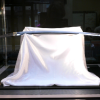 Amazing exhibition of Japan’s legendary “cursed katana” is going on right now【Photos】
Amazing exhibition of Japan’s legendary “cursed katana” is going on right now【Photos】 In Japan, skip the makeup counter and head to the convenience store for these 5 great cosmetics
In Japan, skip the makeup counter and head to the convenience store for these 5 great cosmetics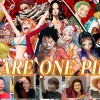 The results are in! One Piece World Top 100 characters chosen in global poll
The results are in! One Piece World Top 100 characters chosen in global poll Foreigner’s request for help in Tokyo makes us sad for the state of society
Foreigner’s request for help in Tokyo makes us sad for the state of society Bad tourist manners at Mt Fuji Lawson photo spot prompts Japanese town to block view with screens
Bad tourist manners at Mt Fuji Lawson photo spot prompts Japanese town to block view with screens McDonald’s Japan’s new pancake pie is a taste sensation
McDonald’s Japan’s new pancake pie is a taste sensation One of Japan’s oldest castles now lets travelers spend night on the grounds, drink in its keep
One of Japan’s oldest castles now lets travelers spend night on the grounds, drink in its keep Two things to do, and two things not to do, when leaving a traditional Japanese inn
Two things to do, and two things not to do, when leaving a traditional Japanese inn Studio Ghibli unveils massive T-shirt collection featuring top anime movie characters
Studio Ghibli unveils massive T-shirt collection featuring top anime movie characters Starbucks at Shibuya Scramble Crossing reopens, but is it really bigger and better than before?
Starbucks at Shibuya Scramble Crossing reopens, but is it really bigger and better than before?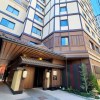 Japanese-style accommodation at the new Premium Dormy Inn hotel in Asakusa will blow your mind
Japanese-style accommodation at the new Premium Dormy Inn hotel in Asakusa will blow your mind McDonald’s new Happy Meals offer up cute and practical Sanrio lifestyle goods
McDonald’s new Happy Meals offer up cute and practical Sanrio lifestyle goods New definition of “Japanese whiskey” goes into effect to prevent fakes from fooling overseas buyers
New definition of “Japanese whiskey” goes into effect to prevent fakes from fooling overseas buyers Our Japanese reporter visits Costco in the U.S., finds super American and very Japanese things
Our Japanese reporter visits Costco in the U.S., finds super American and very Japanese things Japanese ramen restaurants under pressure from new yen banknotes
Japanese ramen restaurants under pressure from new yen banknotes All-you-can-drink Starbucks and amazing views part of Tokyo’s new 170 meter-high sky lounge
All-you-can-drink Starbucks and amazing views part of Tokyo’s new 170 meter-high sky lounge More foreign tourists than ever before in history visited Japan last month
More foreign tourists than ever before in history visited Japan last month New Pokémon cakes let you eat your way through Pikachu and all the Eevee evolutions
New Pokémon cakes let you eat your way through Pikachu and all the Eevee evolutions Sales of Japan’s most convenient train ticket/shopping payment cards suspended indefinitely
Sales of Japan’s most convenient train ticket/shopping payment cards suspended indefinitely Sold-out Studio Ghibli desktop humidifiers are back so Totoro can help you through the dry season
Sold-out Studio Ghibli desktop humidifiers are back so Totoro can help you through the dry season Japanese government to make first change to romanization spelling rules since the 1950s
Japanese government to make first change to romanization spelling rules since the 1950s Ghibli founders Toshio Suzuki and Hayao Miyazaki contribute to Japanese whisky Totoro label design
Ghibli founders Toshio Suzuki and Hayao Miyazaki contribute to Japanese whisky Totoro label design Doraemon found buried at sea as scene from 1993 anime becomes real life【Photos】
Doraemon found buried at sea as scene from 1993 anime becomes real life【Photos】 Tokyo’s most famous Starbucks is closed
Tokyo’s most famous Starbucks is closed One Piece characters’ nationalities revealed, but fans have mixed opinions
One Piece characters’ nationalities revealed, but fans have mixed opinions We asked a Uniqlo employee what four things we should buy and their suggestions didn’t disappoint
We asked a Uniqlo employee what four things we should buy and their suggestions didn’t disappoint North Korean defector describes her crazy escape and adjustment to modern life
North Korean defector describes her crazy escape and adjustment to modern life Brazilian man spends over $3,000 on plastic surgery to look ‘Korean’
Brazilian man spends over $3,000 on plastic surgery to look ‘Korean’ Korean broadcast asserts Yuna Kim’s gold medalist status at Sochi Olympics with cheeky subtitle
Korean broadcast asserts Yuna Kim’s gold medalist status at Sochi Olympics with cheeky subtitle Inside the luxury Chinese hotel where North Korea keeps its army of hackers
Inside the luxury Chinese hotel where North Korea keeps its army of hackers Korea beats Disneyland as most desirable graduation trip for Japanese girls in survey
Korea beats Disneyland as most desirable graduation trip for Japanese girls in survey North Korean media sinks even lower, calls South Korean leader a “repulsive wench”
North Korean media sinks even lower, calls South Korean leader a “repulsive wench” Japanese actress Mina Fujii is the most searched keyword in Korea and it’s not hard to see why
Japanese actress Mina Fujii is the most searched keyword in Korea and it’s not hard to see why Korean cosmetic surgery show treats two Thai women to free procedures
Korean cosmetic surgery show treats two Thai women to free procedures The latest spat between the two Koreas took a really bizarre turn
The latest spat between the two Koreas took a really bizarre turn I thought everyone was exaggerating about how great the airport in Seoul was until I actually went there
I thought everyone was exaggerating about how great the airport in Seoul was until I actually went there Here’s what Koreans think of Republican presidential candidate Donald Trump【Video】
Here’s what Koreans think of Republican presidential candidate Donald Trump【Video】 Anti-Japanese protestors “execute” effigy of Prime Minister Abe with ISIS-style beheading 【Video】
Anti-Japanese protestors “execute” effigy of Prime Minister Abe with ISIS-style beheading 【Video】 Here’s the military exercise that has North Korea freaking out
Here’s the military exercise that has North Korea freaking out Korean voice actress loses job after tweeting picture of herself wearing feminist T-shirt
Korean voice actress loses job after tweeting picture of herself wearing feminist T-shirt Pulling up the Sewol could take six months and cost US$98,240,000
Pulling up the Sewol could take six months and cost US$98,240,000
Leave a Reply